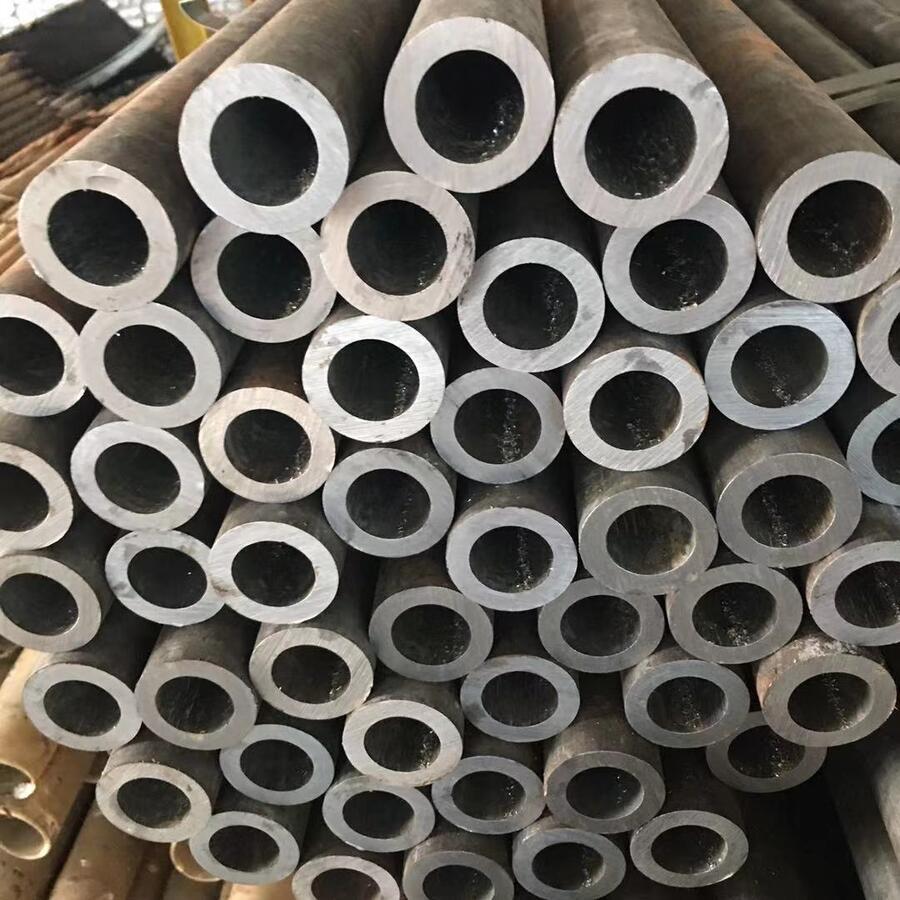Fundamentos de los equipos mecánicos modernos de laminación de acero
La evolución de los equipos mecánicos de laminación de acero ha revolucionado la fabricación de metales., permitiendo la conformación de aleaciones de alta precisión mediante fuerzas de compresión controladas. En su núcleo, La maquinaria de laminación de acero utiliza rodillos opuestos para reducir el espesor del material y al mismo tiempo mejorar las propiedades mecánicas mediante el refinamiento de la estructura del grano.. Las modernas instalaciones integran sistemas hidráulicos/neumáticos., automatización controlada por ordenador, y protocolos de mantenimiento predictivo para optimizar el rendimiento.
Clasificación de equipos de laminador de acero
1. Sistemas de laminación en caliente: Planchas de proceso calentadas por encima de las temperaturas de recristalización (1100-1300°C). El equipo primario incluye:
- Fresas de desbaste reversibles
- Trenes de acabado continuo
- Sistemas de enfriamiento de mesa de salida
2. Unidades de laminación en frío: Procese material a temperatura ambiente para obtener acabados superficiales superiores y precisión dimensional:
- Molinos en tándem con 4-6 se encuentra
- Molinos de paso superficial para laminación de temple
- Líneas de recocido y galvanizado
Fabricantes líderes como HANI TECNOLOGÍA Proporcionar soluciones completas de laminadores en caliente, incluidos hornos de viga móvil., sistemas hidráulicos de descalcificación, y controles de tensión del bobinador que cumplen con ISO 9001 estándares. Sus algoritmos patentados de optimización de la separación entre rodillos reducen la variación del espesor en 22% en comparación con los sistemas convencionales.
Componentes críticos en maquinaria de laminación
Los equipos mecánicos de laminación de acero de alto rendimiento se basan en subsistemas de precisión:
| Componente | Especificaciones técnicas | Función | Material |
|---|---|---|---|
| Rollos de trabajo | Diámetro: 400-1500mm Dureza: 70-85 SA Comba: 0.05-0.2mm |
Superficie de deformación primaria | Hierro fundido HSS/dúplex forjado |
| Rollos de respaldo | Diámetro: 1200-2400mm Rugosidad de la superficie: Ra 0,8μm Equilibrio dinámico: G2.5 |
Evite la deflexión del rodillo de trabajo | Acero al cromo molibdeno |
| AGC hidráulico | Tiempo de respuesta: | Control de espesor en tiempo real | Controlado por servoválvula |
| Motores de accionamiento principal | Fuerza: 3-12 megavatio Esfuerzo de torsión: 150-800 kN·m Rango de velocidad: 1:1000 |
Poder de rotación del rollo | CA síncrono refrigerado por agua |
| Husillos | Capacidad de torsión: 45-450 kN·m RPM máximas: 150-600 Tambalearse: |
Transmisión de par | SAE 4340 Acero aleado |
| Sistemas de refrigerante | Tasa de flujo: 500-4000 l/min Presión: 10-40 bar Filtración: 25μm absoluto |
Gestión de la temperatura del rollo | Acero inoxidable/polímero |
Soluciones metalúrgicas integradas
Los procesos upstream impactan significativamente la eficiencia de laminación. Metalurgia HANI se especializa en hornos de fusión que producen palanquillas premium para laminadores. Las sinergias clave incluyen:
- Instalaciones EAF/LF que alcanzan un contenido de nitrógeno ≤15 ppm
- Máquinas de colada continua con agitación electromagnética.
- Sistemas de carga directa en caliente que reducen la energía de recalentamiento al 65%
La homogeneidad adecuada de la palanquilla minimiza el desgaste de los rodillos y evita fracturas de la banda durante el procesamiento posterior. El análisis estadístico confirma que las desviaciones de dureza superiores a ±5 HB en la materia prima aumentan los incidentes de desconchado de los rodillos en 300%.
Parámetros operativos y métricas de rendimiento
| Tipo de equipo | Velocidad de rodadura (EM) | Reducción máxima (%) | Capacidad anual (Millones de toneladas) | Consumo de energía (kWh/tonelada) | Estándares de tolerancia |
|---|---|---|---|---|---|
| Molino de placas | 1.5-7.5 | 50-70 | 0.6-2.5 | 45-75 | ISO 9444 EN 10029 |
| Molino de banda caliente | 12-30 | 40-60 | 2-6 | 35-60 | ASTM A480/A568 |
| Molino en tándem en frío | 15-42 | 35-85 | 0.8-2.2 | 80-150 | EN 10139/10140 |
| Línea de laminación de barras | 8-18 | 20-35 | 0.3-1.2 | 55-90 | ISO 6931-2/6932 |
Innovaciones en la tecnología de laminadores
Industria 4.0 Las transformaciones mejoran las capacidades de los equipos mecánicos de laminación de acero.:
- Gemelos digitales: Réplicas virtuales en tiempo real que predicen la corona térmica en rollo con una precisión de ≤97%
- Detección de defectos impulsada por IA: Sistemas de inspección de superficies que identifican defectos de 0,1 mm a velocidades de línea de 30 m/s
- Lubricación híbrida Emulsiones mejoradas con nanopartículas que reducen el coeficiente de fricción al 40%
Los paquetes SMARTMILL® de HANI TECH incorporan sensores de vibración IoT en componentes críticos como cajas de engranajes y husillos, permitiendo un mantenimiento predictivo que reduce el tiempo de inactividad no planificado al 45%.
Protocolos de Sostenibilidad y Mantenimiento
Los modernos equipos mecánicos de laminación de acero priorizan la eficiencia de los recursos a través de:
- Variadores de CC regenerativos que capturan la energía de frenado
- Circuitos de refrigeración por agua de circuito cerrado con
- La restauración del revestimiento por láser prolonga la vida útil del rollo 3 veces
El mantenimiento proactivo de los equipos del laminador incluye:
- Inspección ultrasónica del rollo cada 500 horas de funcionamiento
- Análisis de lubricación de rodamientos a intervalos de 250 horas.
- Monitoreo de la limpieza del fluido hidráulico (NAS 1638 Clase 6)
Trayectorias de desarrollo futuras
Las tecnologías emergentes transformarán los equipos mecánicos de laminación de acero:
- Control magnetorreológico del espacio entre rodillos que permite ajustes de microsegundos
- Rollos fabricados aditivamente con materiales clasificados funcionalmente
- Hornos de recalentamiento alimentados con hidrógeno que eliminan las emisiones de CO₂
Según lo confirmado por los datos operativos de las instalaciones de HANI., Estas innovaciones reducirán el consumo de energía específico por debajo de 30 kWh/tonelada y, al mismo tiempo, lograrán tolerancias dimensionales de ±0,05 % en todos los productos de tiras.. La continua evolución de los equipos mecánicos de laminación de acero sigue siendo fundamental para la fabricación sostenible en todo el mundo..




